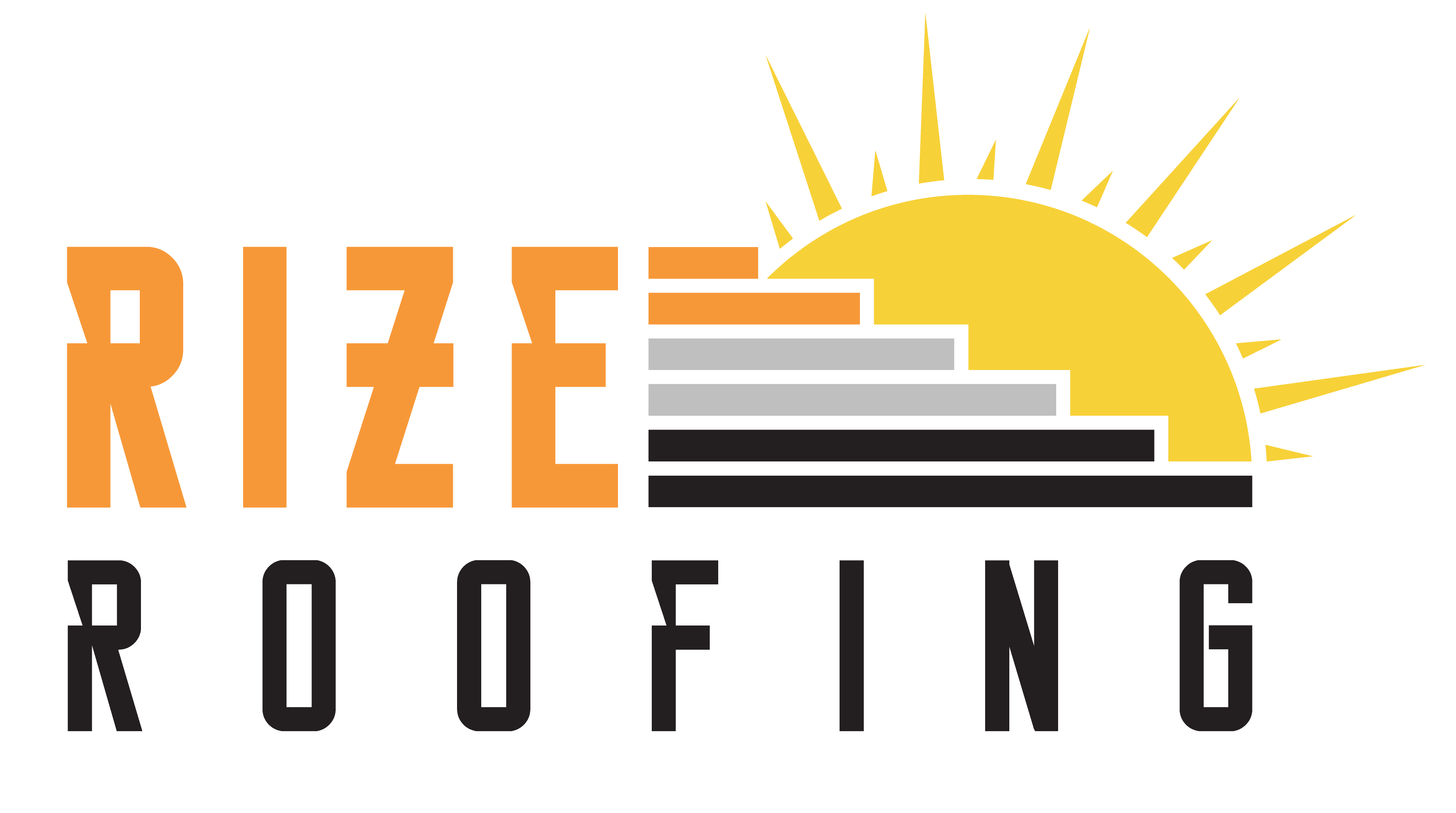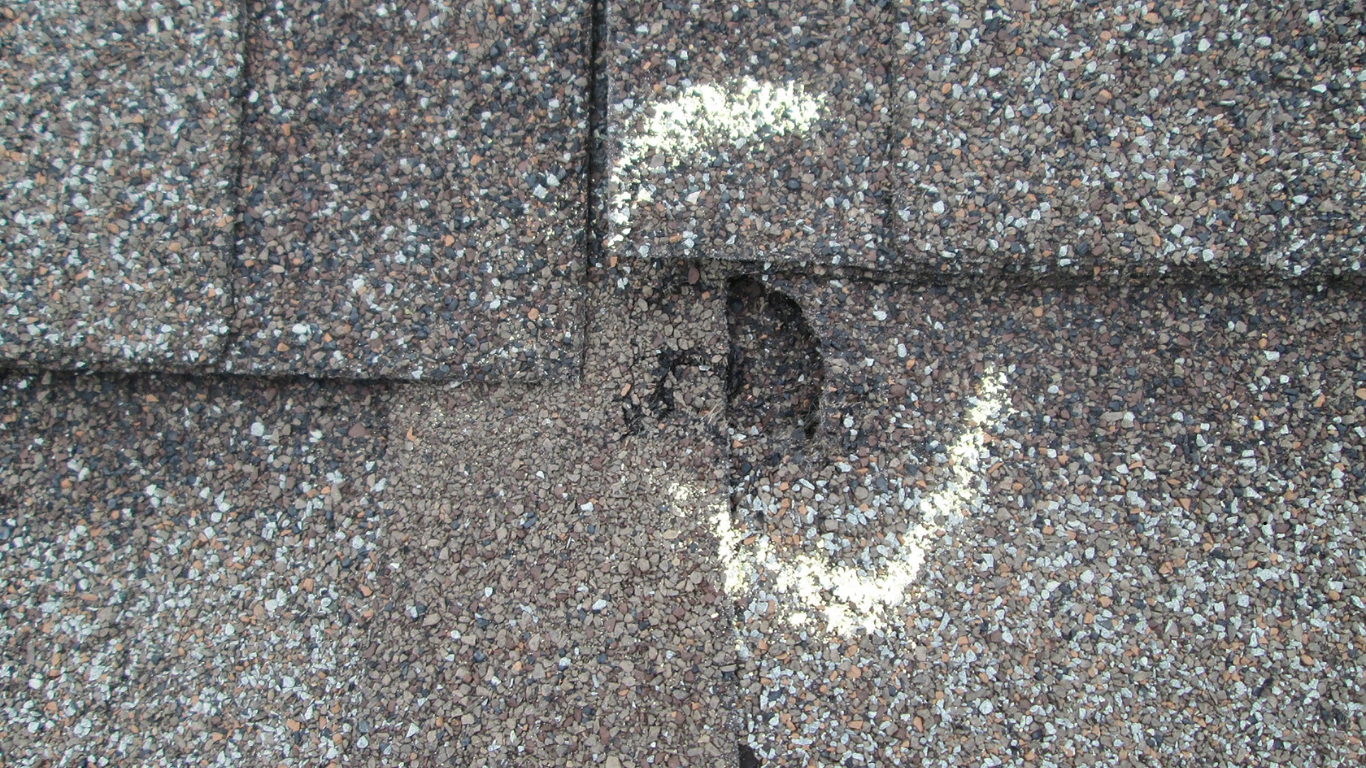Hail Damage vs. Other Roof Damage: How to Tell the Difference
As a homeowner in Colorado Springs, maintaining the integrity of your roof is crucial, especially given the area’s propensity for unpredictable weather. One of the most common concerns is distinguishing between hail damage and other types of roof damage, such as wind or wear and tear. At RIZE Roofing, we specialize in identifying and repairing hail damage on shingle roofs, ensuring your home stays protected year-round. In this blog, we’ll explore the key differences between hail damage and other roof damage, and provide tips on how to identify them.
Understanding Hail Damage on Shingles
Hail damage occurs when hailstones impact the roof, causing dents, cracks, or even punctures in the shingles. This type of damage can compromise the roof’s ability to protect your home from water infiltration and other environmental factors. Here’s how to spot hail damage:
1. Dents and Dings:
Look for small, round indentations on the shingles. Hailstones can leave noticeable dings on the surface, often accompanied by granule loss.
2. Granule Loss:
Check for excessive granules in your gutters or downspouts. Hail impacts can dislodge the protective granules on shingles, exposing the underlying asphalt and making the shingles more vulnerable to UV damage.
3. Cracks and Punctures:
Inspect for cracks or punctures in the shingles. Larger hailstones can crack or puncture shingles, leading to potential leaks.
4. Soft Spots:
Feel for soft spots on the shingles. Hail impacts can sometimes bruise the shingles, creating soft areas that may not be immediately visible but can lead to future issues.

Identifying Wind Damage
Wind damage is another common type of roof damage in Colorado Springs, particularly during severe storms. Unlike hail damage, wind damage typically involves the displacement or lifting of shingles. Here’s what to look for:
1. Missing Shingles:
Strong winds can tear shingles off the roof entirely. Check for any missing shingles, especially after a storm.
2. Lifted or Curled Shingles:
Wind can lift shingles, breaking the sealant bond and causing them to curl. This can make the roof more susceptible to water infiltration.
3. Creased Shingles:
Inspect for horizontal creases on the shingles, which indicate that the shingles have been lifted and bent back by the wind.
4. Loose Debris:
Look for loose debris on the roof or in the gutters. This can indicate that shingles or roofing materials have been displaced by wind.
Recognizing Wear and Tear
Over time, all roofs experience natural wear and tear due to exposure to the elements. Distinguishing this from hail and wind damage is essential for proper maintenance:
1. Granule Erosion:
Gradual granule loss is a sign of aging shingles. Unlike the sudden loss caused by hail, this type of granule erosion happens uniformly over time.
2. Cracking and Splitting:
Shingles may develop cracks or splits due to prolonged exposure to the sun and temperature fluctuations. These cracks are usually linear and not associated with impact marks.
3. Curling and Buckling:
Aging shingles often curl at the edges or buckle in the middle. This deformation is a result of long-term exposure to moisture and heat.
4. Moss and Algae Growth:
Over time, moss and algae can grow on shingles, particularly in shaded areas. While this doesn’t indicate immediate damage, it can contribute to the deterioration of the roofing material.
Tips for Identifying Roof Damage
Here are some tips to help you identify and distinguish between hail damage, wind damage, and wear and tear:
1. Conduct Regular Inspections:
Regularly inspect your roof, especially after severe weather events. Look for visible signs of damage from the ground using binoculars or safely access the roof if you are comfortable doing so.
2. Document Damage:
Take photos of any damage you find. This documentation can be useful when filing an insurance claim or consulting with a roofing professional.
3. Check Your Attic:
Inspect your attic for signs of water infiltration, such as damp insulation or water stains on the ceiling, which can indicate roof damage.
4. Consult a Professional:
If you’re unsure about the extent or type of damage, consult a professional roofing contractor. At RIZE Roofing, our experts can perform a thorough inspection and provide a detailed assessment of your roof’s condition.
Why Choose RIZE Roofing in Colorado Springs?
At RIZE Roofing, we understand the unique challenges that Colorado Springs homeowners face when it comes to roof maintenance and repair. Our team is experienced in identifying and repairing shingles damaged by hail, as well as other types of roof damage. We provide comprehensive roof inspections and expert repairs to ensure your home remains protected from the elements.
Ensure Your Roof’s Health with RIZE Roofing
Understanding the differences between hail damage and other types of roof damage is crucial for maintaining your home’s integrity. By recognizing the signs of hail, wind, and wear and tear, you can take appropriate action to protect your roof and prevent further issues. For expert roof inspections and repairs in Colorado Springs, trust RIZE Roofing. Contact us today to schedule an inspection and keep your roof in top condition.

